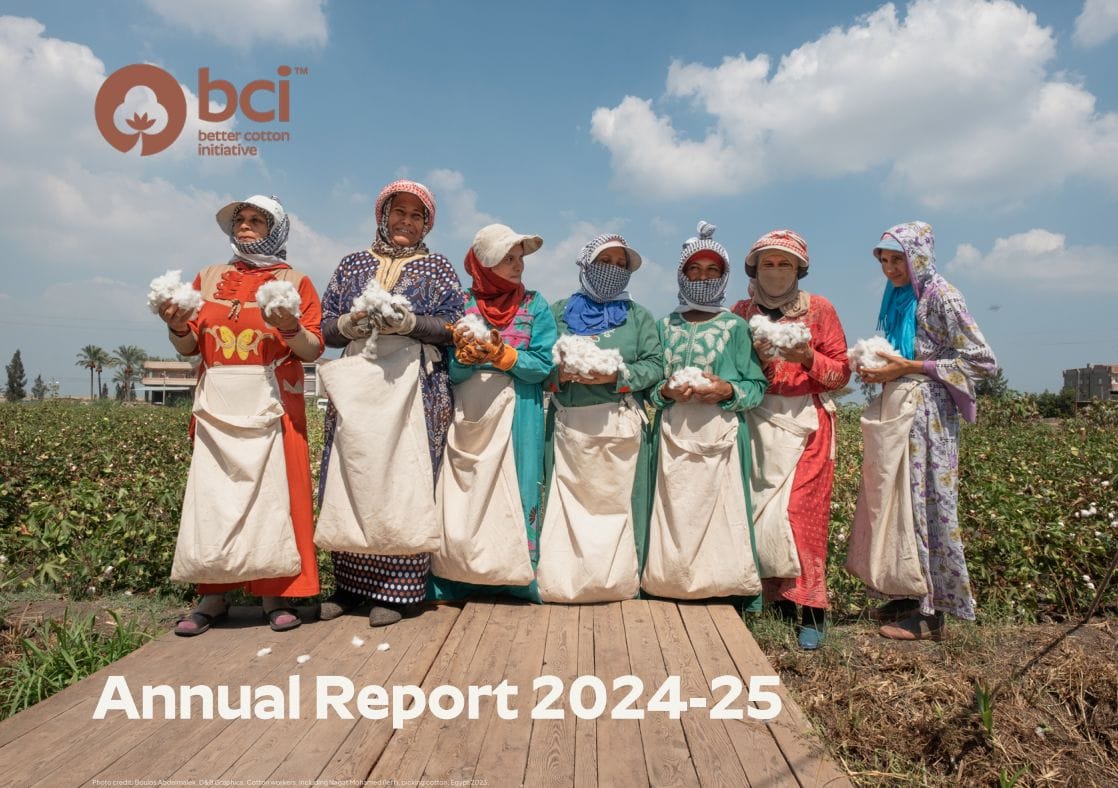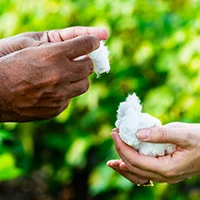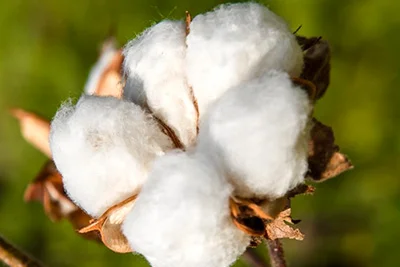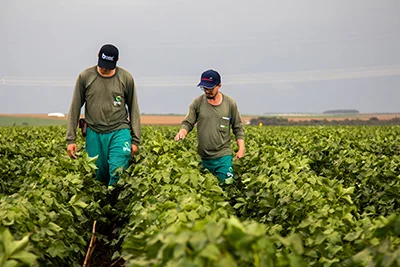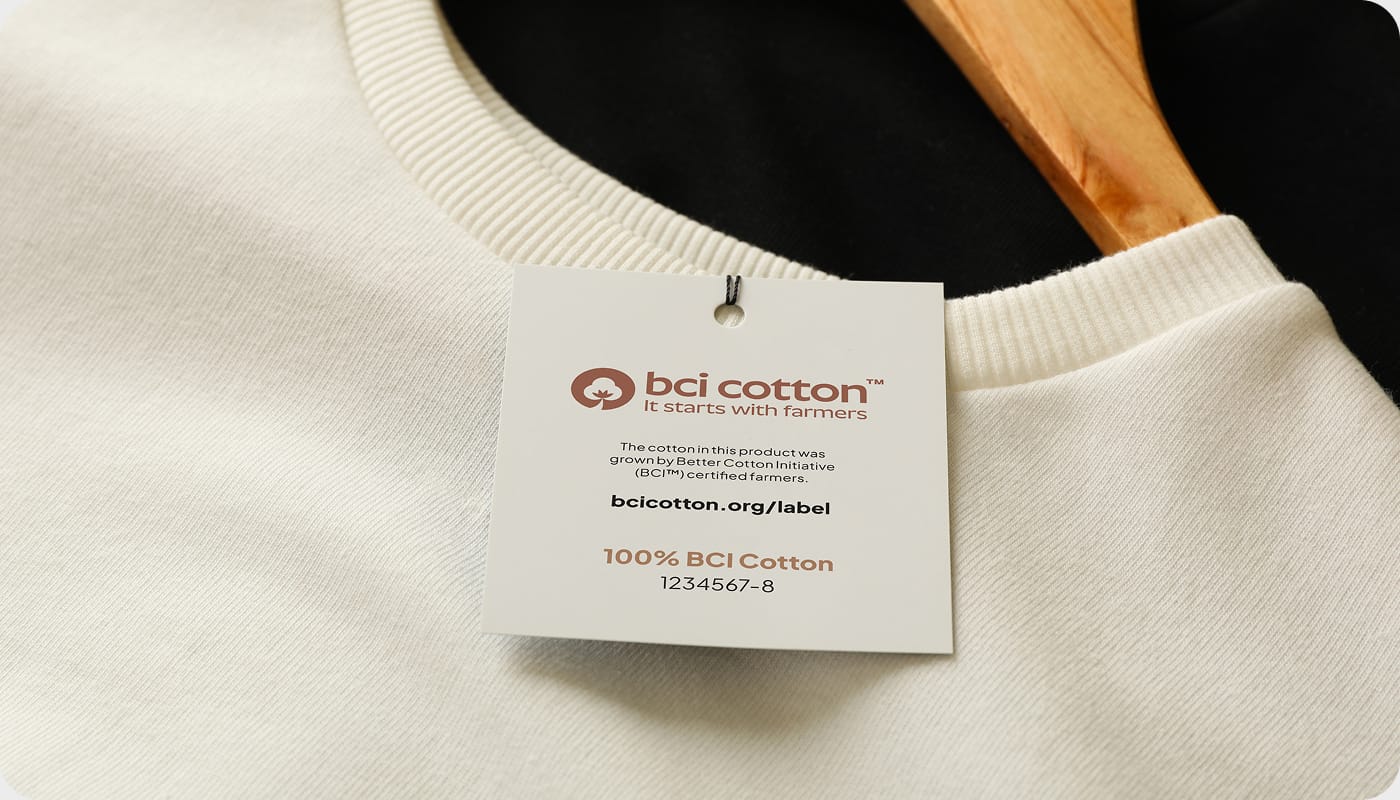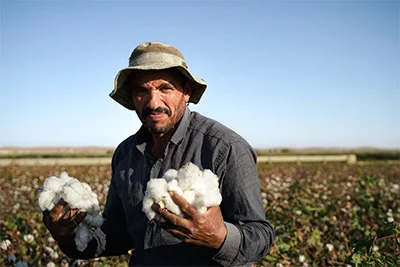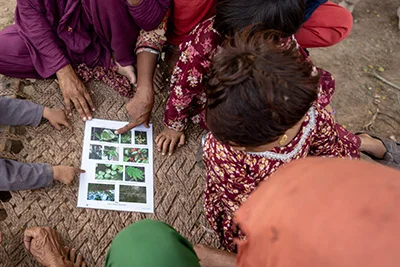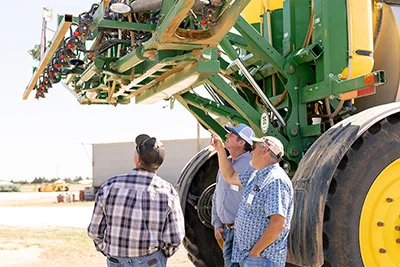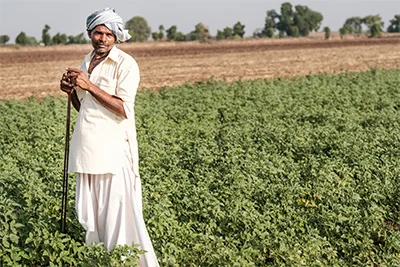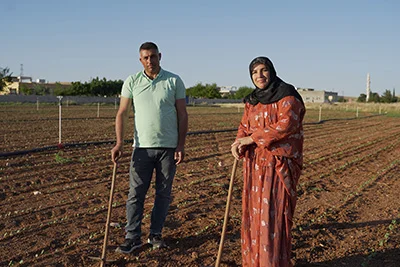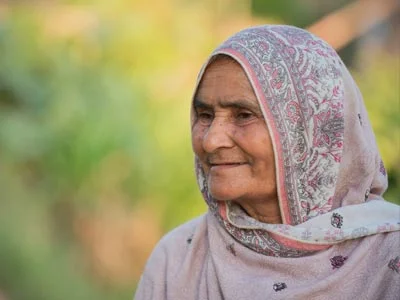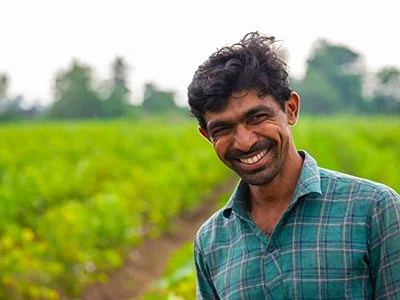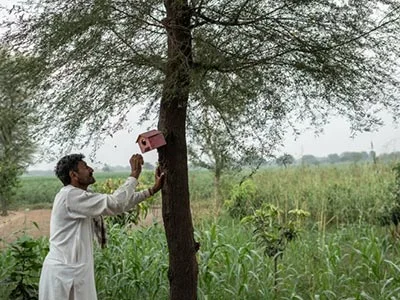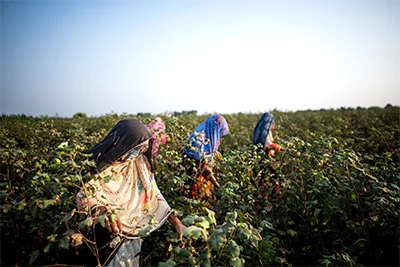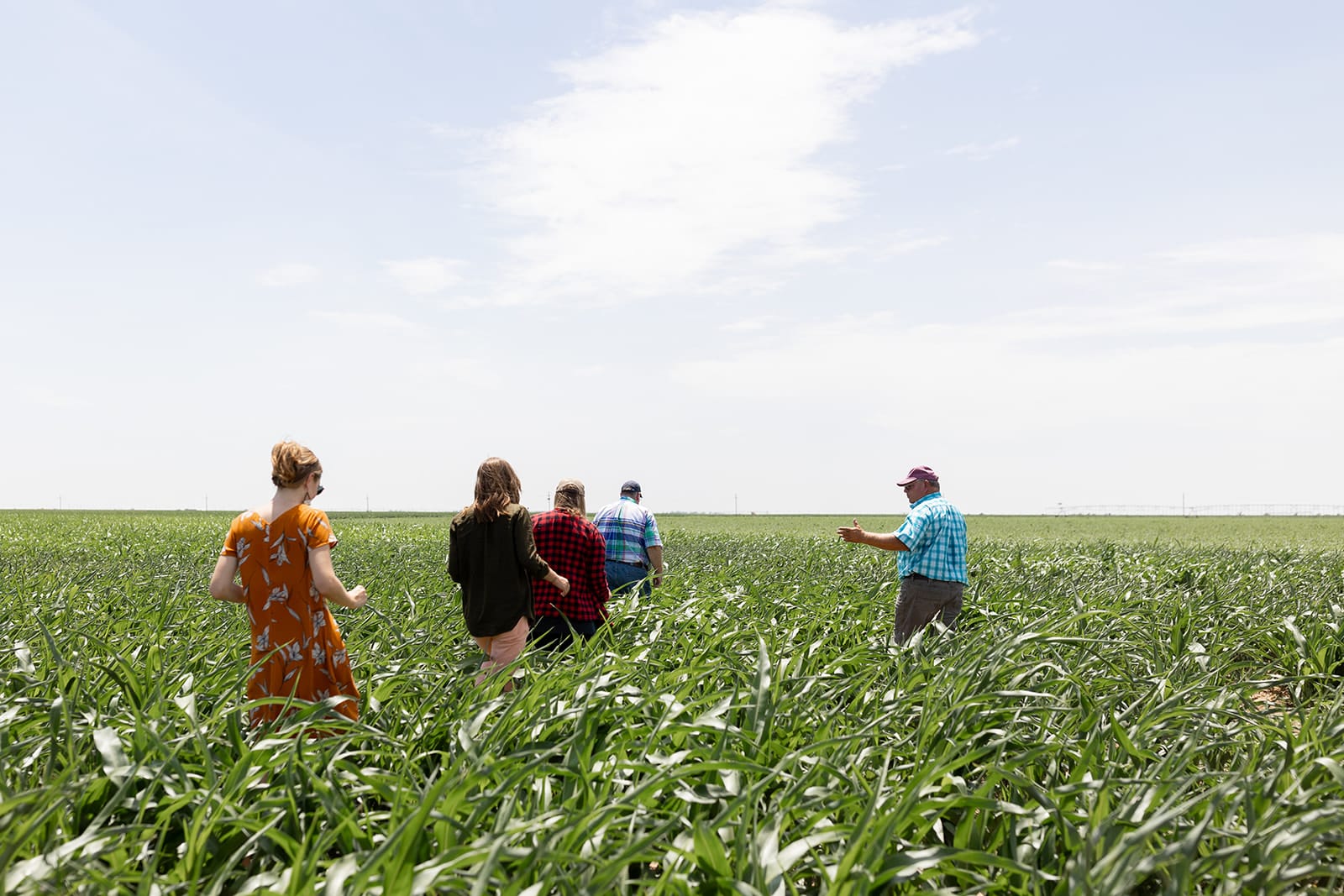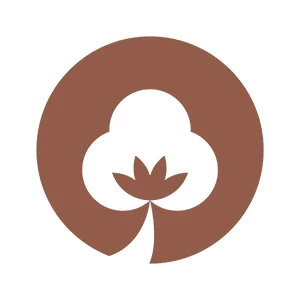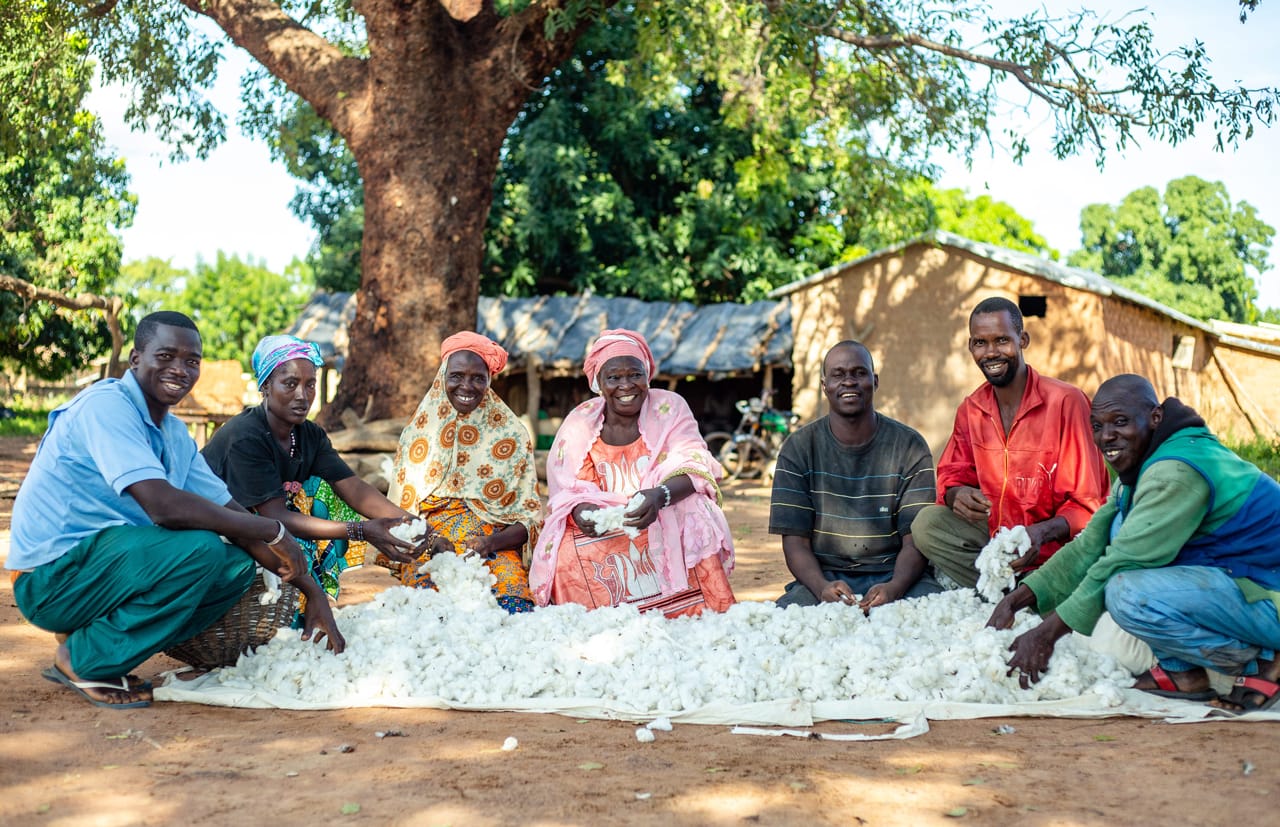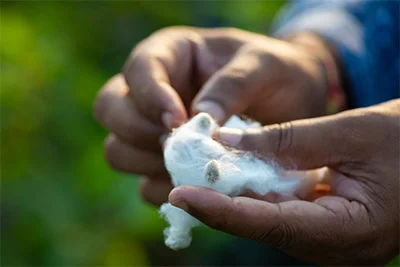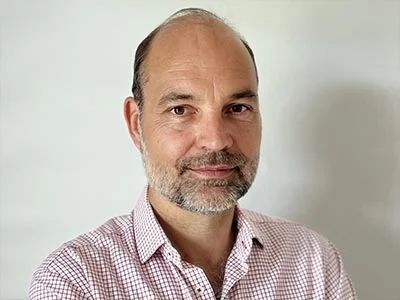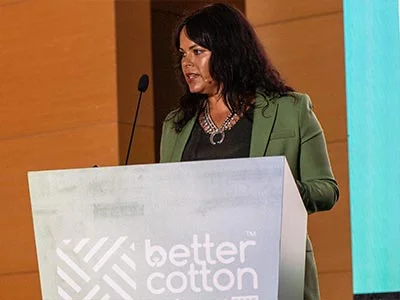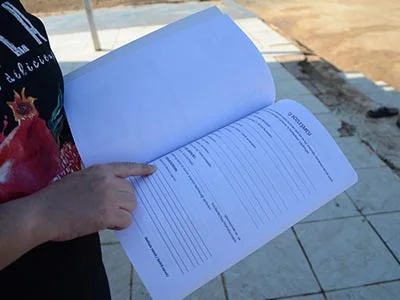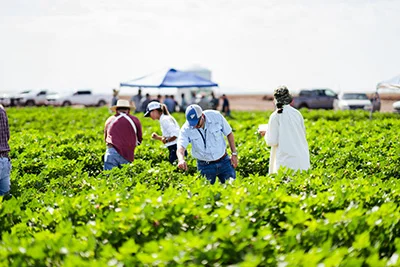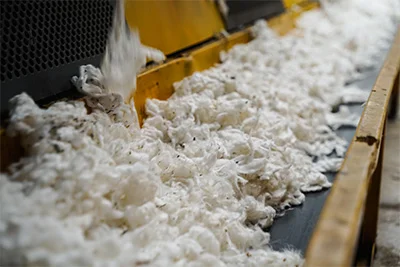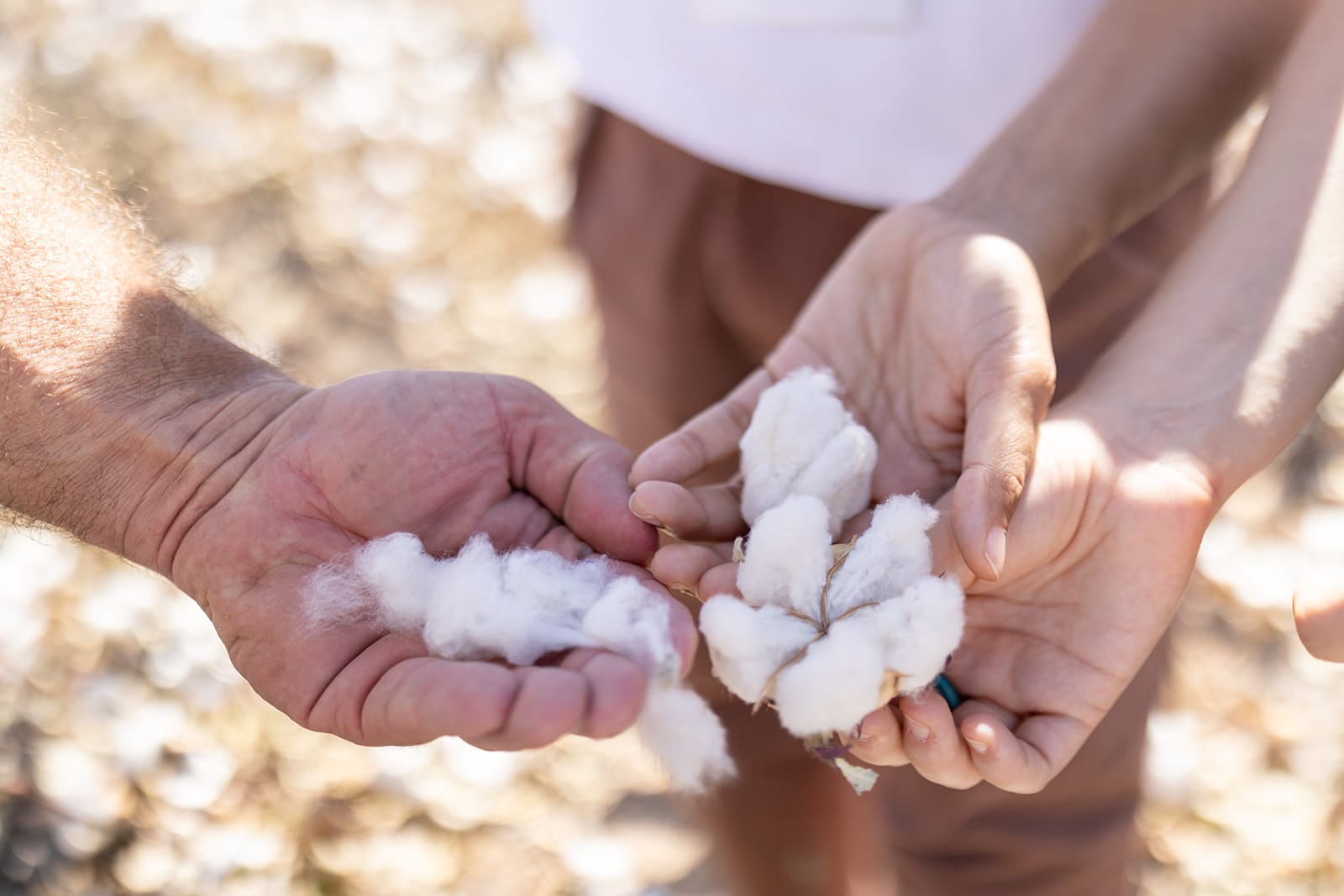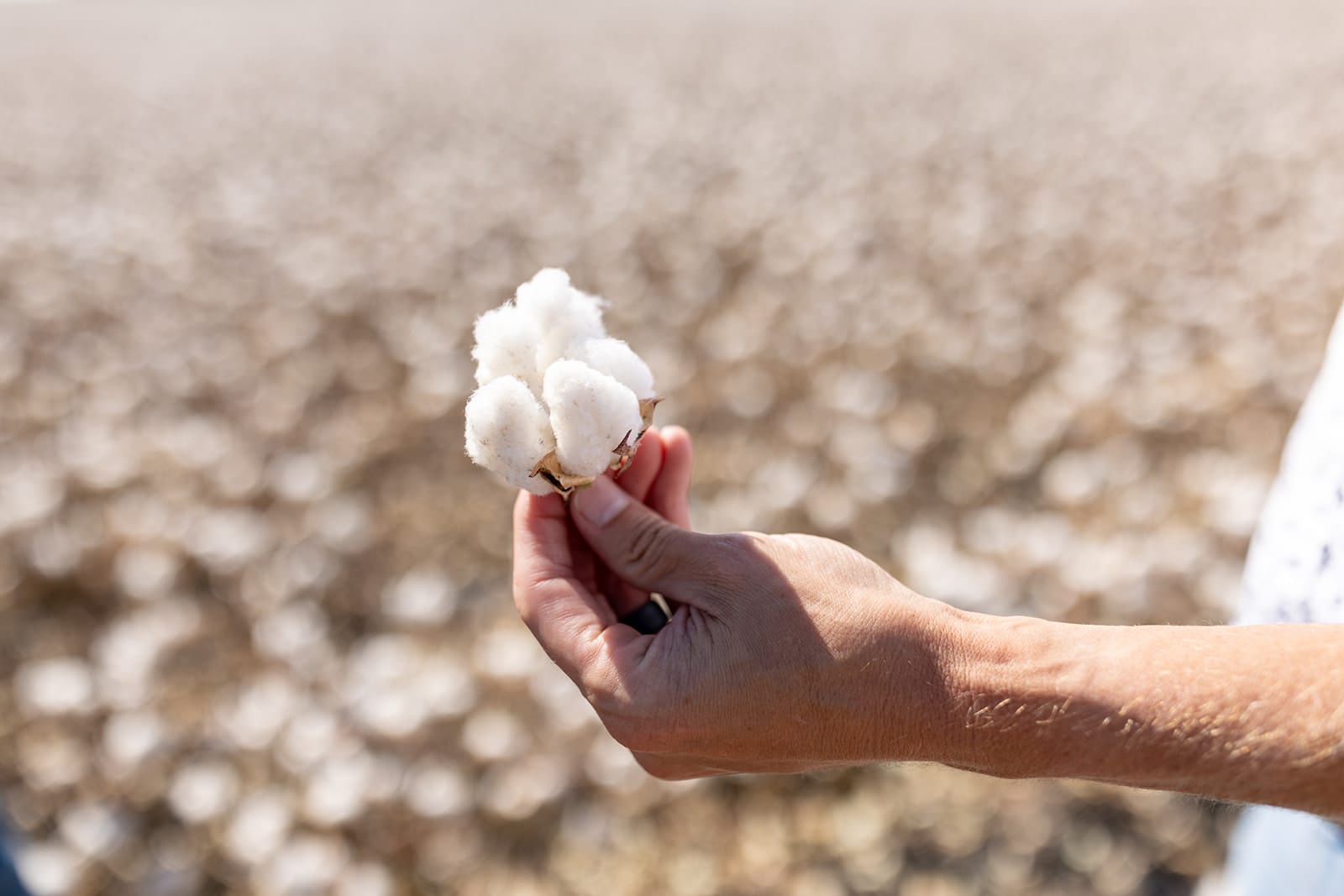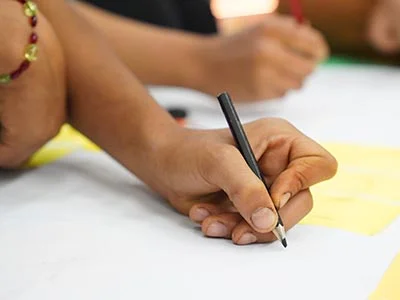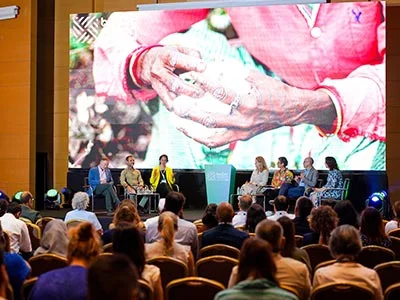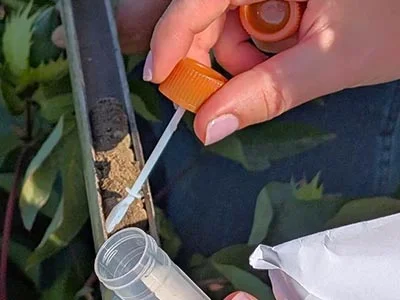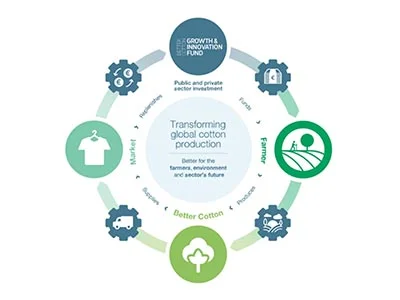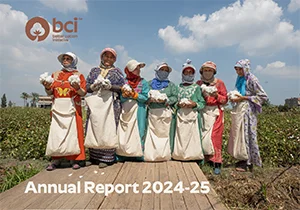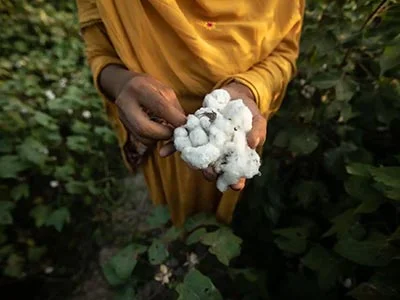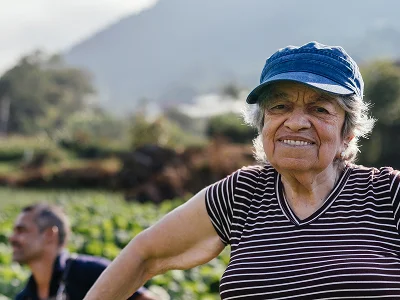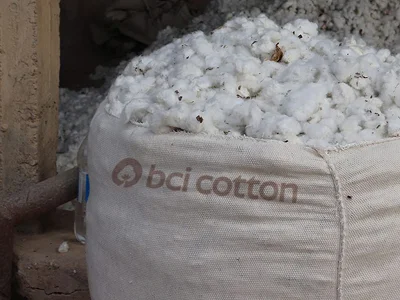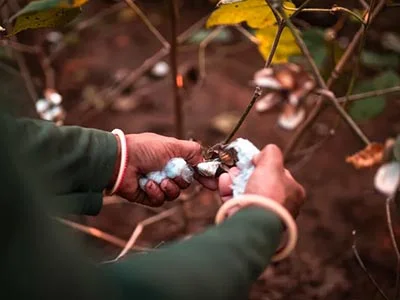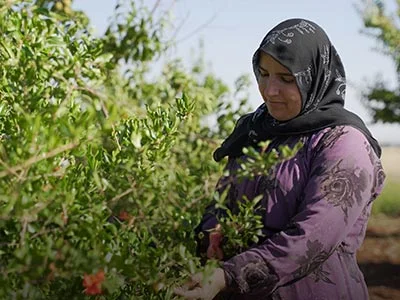adidas has been a BCI Retailer and Brand Member since 2010. We caught up with Ebru Gencoglu, Senior Manager, Merchandising and Sustainability, to find out more about the organisation’s aims, commitments to Better Cotton, and how they communicate their work to the rest of the world.
adidas is close to reaching its target of sourcing 100% of its cotton from more sustainable sources. How has BCI supported adidas in reaching this ambitious target?
BCI and adidas have worked closely from the beginning to reach this ambitious goal. BCI has engaged actors throughout the supply chain to enable the right amount of supply in the right locations. Led by clearly defined KPIs, BCI has kept the focus on expanding the supply of Better Cotton. This has helped our suppliers to source cotton as Better Cotton, which allowed us to ramp up sourcing in a short period of time.
How does adidas’ Better Cotton sourcing target form part of the organisations’ broader sustainability strategy?
We believe that through sport, we have the power to change lives. And we do this every day as a company – by empowering people to live an active life, by teaching life skills through sport, and by creating sustainable products. Our sustainability strategy is deeply rooted in this core belief and as such, our strategic priorities for 2020 are based on products and people. As part of our product ambitions, we strive to develop innovative materials and processes that optimise our environmental impact. We are committed to steadily increasing the volumes of more sustainable materials we source. The Better Cotton Initiative is one example of how we plan to achieve this.
Why is it important for adidas to communicate with its customers about its commitments to Better Cotton?
As a large organisation, we have the opportunity – the obligation and capability – to change how things are done. We are a company that integrates sustainability into our business model. It is important for us that our consumers are clear about our commitment and how we are delivering it.
As a pioneering BCI Member, what key sustainability changes have you seen the industry address over the past 10 years?
Things have changed quickly over the past several years. Consumers are interested and demanding that we take action when it comes to both social and environmental compliance. We are able to collaborate more and more with supply chain players to innovate and find new solutions. Transparency in the supply chain also keeps improving, enabling companies to choose the right business partners. We are still at the beginning of a long journey when it comes to sustainability. We need to recognise that this is not a sprint but a marathon. Setting the right foundation, however, will be essential to reaching the finishing line.

